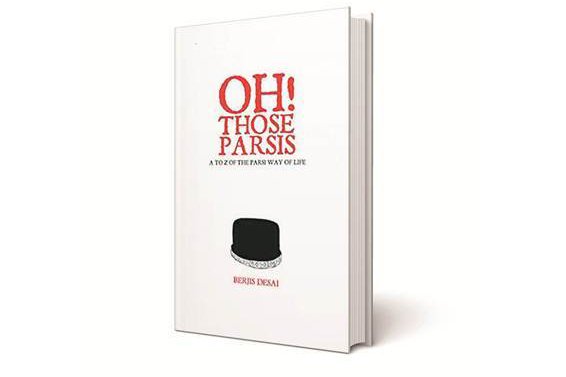Archaeological evidence may reshape Yazd history
“Potteries have [recently] been found in Yazd which archaeologists believe belong to the Parthian era (247 BC – 224 CE)…. If their hypothesis is proven, the history of Yazd dates back to the pre-Islamic times,” Yazd province’s tourism chief announced on Sunday.
The potteries were found during restoration works on qanats (subterranean aqueducts)… Of course, it is also possible the pottery pieces had been brought there from another place but it is less likely due to their large volumes, Mostafa Fatemi explained.
“Our archaeologists attribute their history to the Parthian period, but this hypothesis must be proven. So we need a license to conduct a comprehensive archaeological survey.”
It is widely believed that Yazd had probably been an area of transit, rather than an area for the emergence of the prehistorical settlements due to its arid climate, and severe water scarcity, he explained.
The oasis city of Yazd is wedged between the northern Dasht-e Kavir and southern Dasht-e Lut on a flat plain ringed by mountains. Its historical structure enjoys a very harmonious public-religious architecture that dates from different eras.
Described as the “noble city of Yazd” by Marco Polo, Yazd is widely believed to date from the 5th century CE. It stands on a mostly barren sand-ridden plain about 4,000 feet (1,200 meters) above sea level. Since Sassanian times Yazd has been famous for beautiful silk textiles that were rivaled in later periods only by those of Kashan and Isfahan. The city is still a major center of silk weaving.
With its winding lanes, forest of badgirs (windcatchers), mud-brick houses, atmospheric alleyways, and centuries of history, Yazd is a delightful place to stay, referring to a ‘don’t miss’ destination by almost all travel associates in the region.
The city has an interesting mix of people as well, some 10 percent of whom follow the ancient religion of Zoroastrianism.
Yazd is a living testimony to the intelligent use of limited available resources in the desert for survival. Water is brought to the city by the qanat system. Each district of the city is built on a qanat and has a communal center.
The use of earth in buildings includes walls and roofs by the construction of vaults and domes. Houses are built with courtyards below ground level, serving underground areas. Wind-catchers, courtyards, and thick earthen walls create a pleasant microclimate.
Partially covered alleyways together with streets, public squares and courtyards contribute to a pleasant urban quality. The city escaped the modernization trends that destroyed many traditional earthen cities. It survives today with its traditional districts, the qanat system, traditional houses, bazaars, hammams, water cisterns, mosques, synagogues, Zoroastrian temples, and the historic garden of Dolat-Abad.





